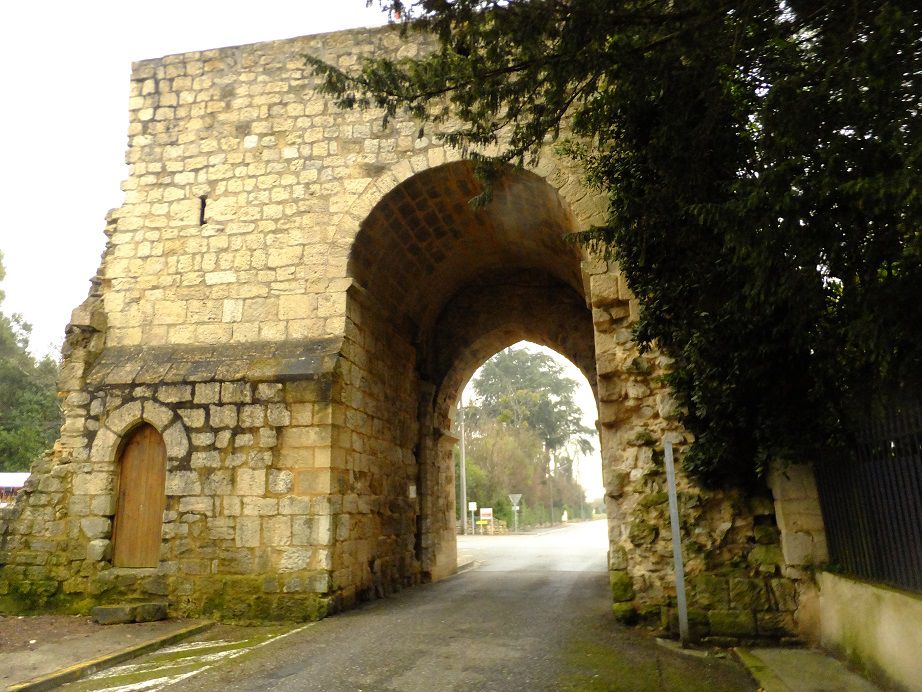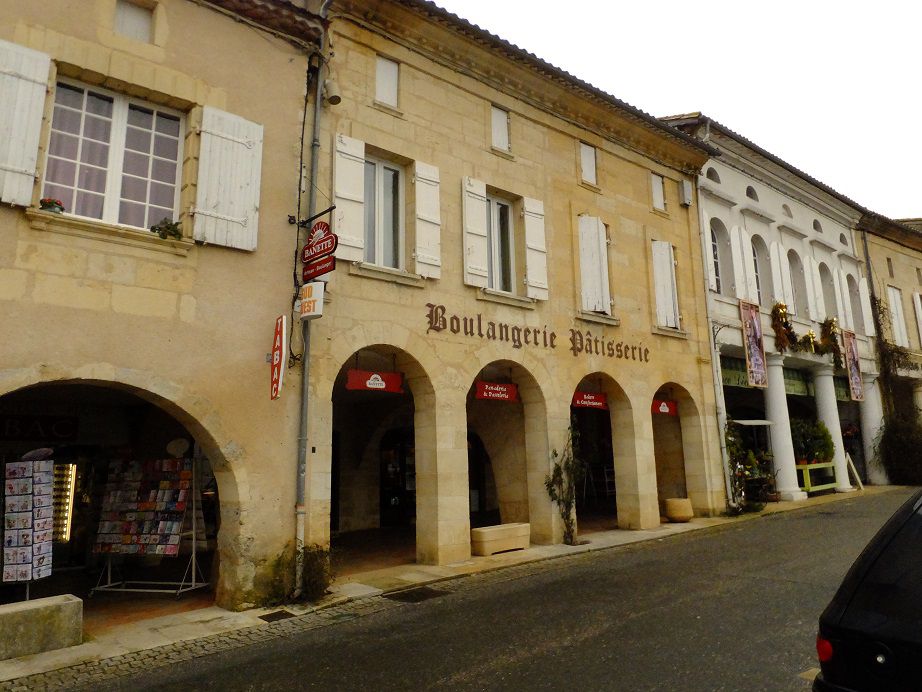 |
| We come upon this fountain just after our host drops us off in central Valladolid. |
Upon arriving in Valladolid for a one-night stopover, our host takes us on a quick tour of his city. Much of what he shows us is a blur of churches and plazas, and when he drops us off in the centro de la ciudad, we aren't sure of where to begin. Although we know wine eventually will figure into the equation, (the city is within five wine-growing regions: Ribera del Duero, Rueda, Toro, Tierra de León, and Cigales), we first head toward the tourism information office located just beyond the massive fountain in Plaza Zorrilla.
 |
| Statue in Valladolid, Spain |
The TI staff is very helpful: Since we won't have time to visit any museums, they suggest a walking route that takes us through lush gardens, past several spectacular churches and through Plaza Viejo Coro. This unusual neighborhood used to be a bullring but today is a circular plaza of lovely homes.
 |
| Once a bullring, Plaza Viejo Coro is now a charming circular neighborhood in Valladolid. |
 |
| Sculpture in Campo Grande in Valladolid |
Valladolid has a grand collection of art, culture, architecture and history. Among its famous visitors was Christopher Columbus who died here in 1506.
Columbus's last years were a frustrating time for the explorer. He had fallen out of fashion and out of favor with King Ferdinand. His wealth was intact, but his health failed following a voyage by mule from Seville to Segovia. When he died in Valladolid, no one from the royal court attended his funeral, which didn't even garner a mention in the city's official registry. Five-hundred years later, the city of Valladolid opened the Casa-Museo de Colón, a house-museum recreating the palace in which Columbus's brother Diego lived in Santo Domingo. The museum focuses on Christoper Columbus's life and the impact of his explorations.
 |
| Fountain in Valladolid |
Miguel de Cervantes was another short-term visitor to Valladolid. The author lived here between 1603 and 1606, while writing some of his most famous works. According to a tourism brochure, "... some authors even argue that he might have worked here on the second part of 'Don Quixote.'" The Museo-Casa Cervantes recreates the house he lived in and features "simple decoration according to the possibilities of a seventeenth-century Spanish nobleman."
 |
| Plaza Mayor in Valladolid |
 |
| Building in Valladolid |
 |
| Doorway detail of Iglesia de San Pablo in Vallalodid |
Alas, our time in Valladolid is too brief to visit these house-museums, but I don't despair: Valladolid's location is conveniently en route to many other places in Spain we plan to visit. So I'm confident we'll be back — perhaps our next visit will coincide with the city's annual festival of drama and street performance or its film festival. If not, we certainly will allow enough time to explore Museo Patio Herreriano (contemporary art) and Museo Nacional de Escultura (sculptures), as well as look for more whimsical fountains and statues which dot the streets of Valladolid.
 |
| Fountain in Valladolid's Plaza de España |
 |
| Fountain in Valladolid |


























